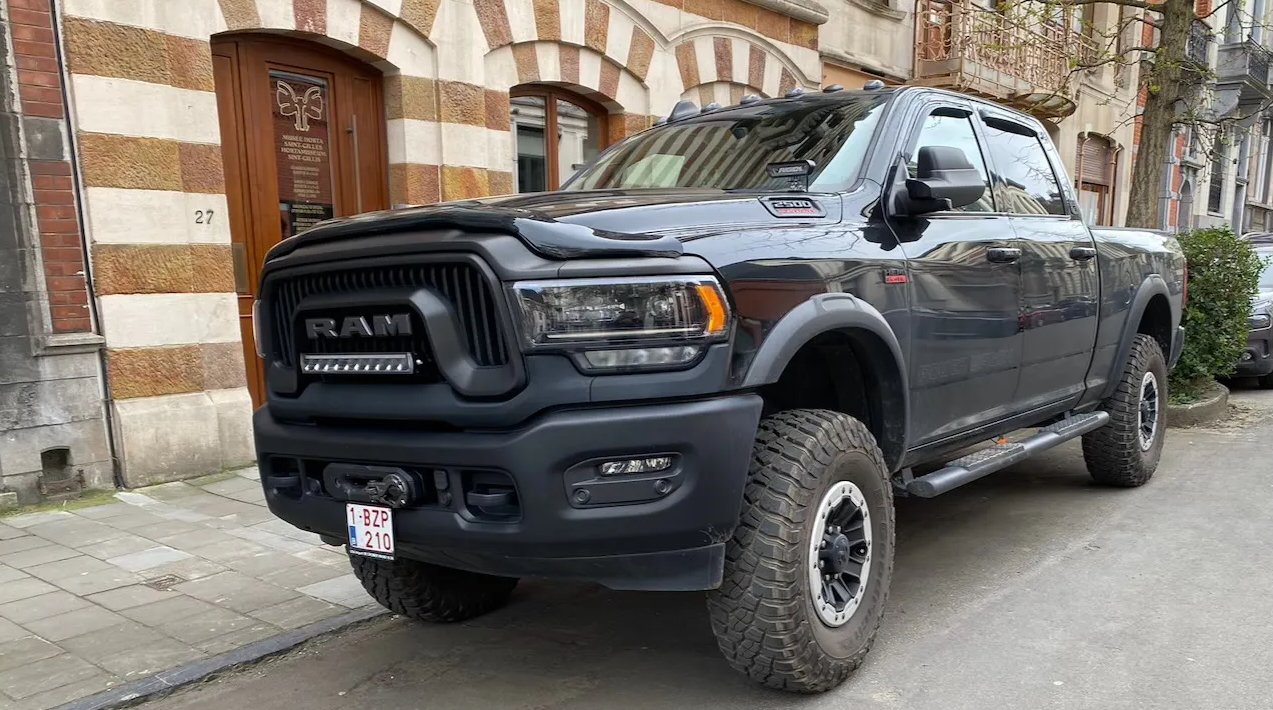The situation unfolding for transit riders in Washington, DC, is scary. Few American cities rely on transit more than DC, but the system seems to be caught in a spiral of deteriorating service and declining ridership. With fewer people paying fares, WMATA has less revenue to pay for service, and the cycle continues.

WMATA is now planning for ridership in 2017 to drop 20 percent below its 2009 peak, reports Joanne Pierce at Greater Greater Washington. That means cutting service even during peak hours.
Pierce has more on the troubling implications of the agency's latest budget proposal:
The "Reality Check Budget Plan," as general manager Paul Wiedefeld is calling it, includes less frequent service, higher fares, and employee lay-offs.
Under the new proposal, each line would run every 8 minutes during peak times (on weekdays from system opening to 9:30 am and from 3 pm to 7 pm). At stations in the city center that are served by multiple lines (Blue-Orange-Silver, for example), trains would come every 2-4 minutes. On the Red Line, trains would run every 4 minutes between Silver Spring and Grosvenor.
This reduction in service takes each line's frequency from the current 6 minute spacing to 8 minutes at peak. During off-peak times, the wait for each train would stretch to 15 minutes on every line.
Metro also proposes eliminating the 14 bus lines with the lowest ridership.
Notably, it looks like the idea of cutting Metroway BRT is off the table, at least for now.
The new proposal increases the minimum rail fare to $2 during off-peak times and $2.25 during peak times. The new maximum fare would go up a dime, to $6. Metrobus fares would increase by a quarter, to $2 per trip for one-way rides. Express fares would go up by a quarter, to $4.25. Parking will increase by a dime.
All these cuts -- including laying off 1,000 people -- are expected to trim $50 million from the agency’s $275 million budget shortfall. Early indications, according to WAMU reporter Martin Di Caro, are that there will be stiff resistance to this budget proposal from the DC members of WMATA's board.
Elsewhere on the Network today: Pedestrian Observations has a laugh at the idea of carrying freight on a "Hyperloop." And Voice of San Diego considers why so few thriving downtowns contain sports stadiums.





